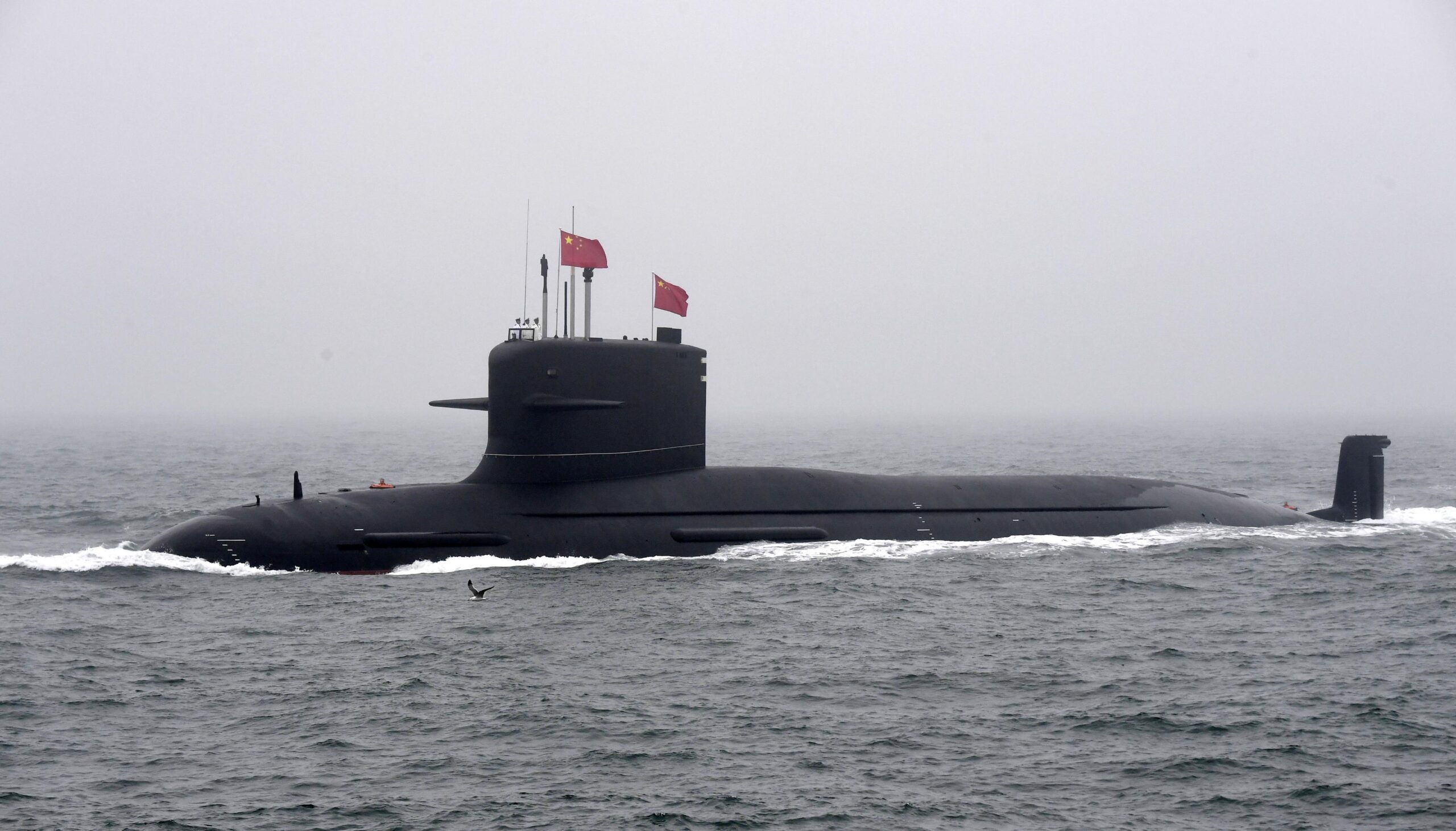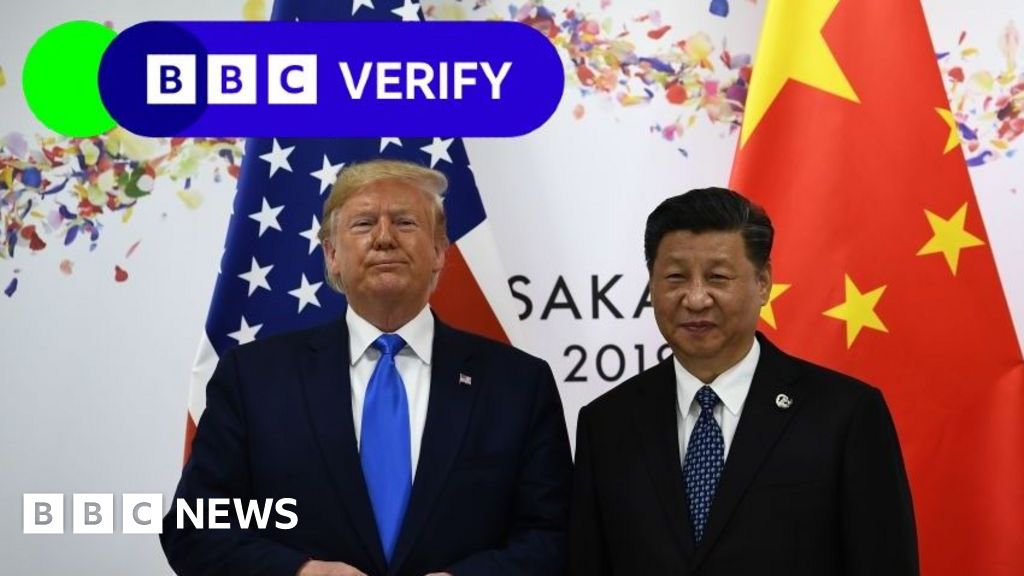China has reportedly lost its newest nuclear-powered attack submarine after the boat sank at a shipyard earlier this year, defense officials said on Thursday.
The boat in question, originally identified as a conventionally powered submarine, was the first of the new Type 041 Zhou class, according to defense news and analysis website TWZ.
The incident, first reported by The Wall Street Journal and later confirmed by officials at the Pentagon, came as China continues to expand its navy, which is already the world’s largest with over 370 vessels, to challenge U.S. naval dominance in the Pacific Ocean.
A spokesperson from the Chinese embassy in Washington, D.C., told Reuters and CNN that they were not familiar with the situation and currently had no information to provide. Newsweek has reached out to the defense ministry in Beijing for comment by email.
Kyodo via AP Images
According to a report issued last year by the Pentagon, the Chinese military operates 12 nuclear-powered submarines and 48 diesel-electric submarines. It is estimated that the country’s submarine force will increase from 60 boats to 65 by 2025 and 80 by 2035.
In comparison, all U.S. Navy submarines are powered by nuclear reactors, which enable them to operate for a very long periods before refueling. The fleet is composed of 53 attack submarines, 14 ballistic missile submarines, and four guided missile submarines.
The Chinese submarine sank in late May or early June at a shipyard near the city of Wuhan in central China. The submarine was the first boat of the new Type 041 Zhou-class that has an x-shaped stern rather than the traditional cruciform-shaped design.
A submarine with an x-shaped stern has more maneuvering force and minimizes the chance of an accidental dive compared with those with cruciform-shaped sterns. It also reduces the noise signature of the submarine, a crucial feature as avoiding detection is a key factor in a submarine’s survival.
It was not clear whether the submarine was loaded with nuclear fuel at the time of the incident; U.S. officials said they did not know if there were casualties. There was no indication of the local authority testing the water or nearby environment for radiation.
Tom Shugart, a former U.S. Navy submarine commanding officer, was the first to notice and discuss what he called “something odd” that occurred in June at the Wuchang Shipyard in Wuhan, the primary site in China for the construction of non-nuclear-powered submarines.
He pointed out that a June 15 satellite image of the shipyard showed several crane barges working on “something black that is roughly submarine-sized and -shaped.”
Not satisfied with the clarity of that image, I waited a few days and got this one from 15 June, which is much better. It does appear that the crane barges were working on something black that is roughly submarine-sized and -shaped. pic.twitter.com/8viEexpPMd
— Tom Shugart (@tshugart3) July 16, 2024
TWZ examined satellite imagery showing the sudden appearance of four crane barges at a berth at the shipyard that were in place at least from June 12 through June 17. A submarine that had been in the berth in May was absent during those dates, but it was not clear when exactly it was last seen. By the first week of July, the barges were gone and activity at Wuchang appears to have returned to normal.
Shugart, an adjunct senior fellow at the Center for a New American Security, a Washington think tank, told The Wall Street Journal that the Chinese submarine, which was salvaged after the incident, would be “full of water” and would take a lot of time to be put to sea.
The Wall Street Journal said that China is diversifying the construction of its nuclear-powered submarines, shifting from a shipyard in the northeastern city of Huludao to Wuchang Shipyard, where the country’s diesel electric subs are built.
However, Sarah Kirchberger, a Germany-based naval researcher contradicted this, telling Newsweek that Chinese nuclear-powered submarines are all designated “09” and constructed in Huludao.
Chinese media has also reported that the country’s nuclear subs have been given the code name “09.” China operates two types of nuclear-powered submarines, the Type 093/A attack submarine and the Type 094 ballistic missile submarine, the Pentagon reports.
Wuchang Shipyard has not previously produced any nuclear-powered attack submarine, said Alex Luck, an Australia-based maritime security analyst who writes for the specialist outlet Naval News.
In the event of a conflict between China and Taiwan, a self-ruled island that is viewed by Beijing as a breakaway province, submarines would prove to be a major weapon system to the Chinese military, especially in any blockade of the island and in deterring intervention from the U.S. Navy.
A U.S. defense official told Reuters that it was not surprising that the Chinese navy would try to conceal the incident. Wellington Koo, the Taiwanese defense minister, claimed on Friday that the island’s military “has a grasp of the situation” after reports of the sinking.
In June, a Taiwanese fishing crew spotted a Type 094 submarine on a surface transit in the Taiwan Strait, the 110-mile-wide waterway between China and Taiwan. China has six submarines of this class in service that can launch ballistic missiles with nuclear warheads.


